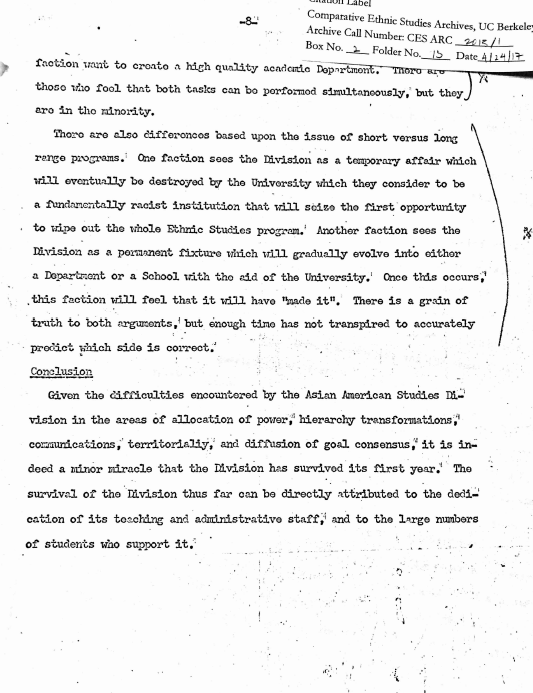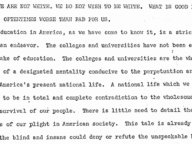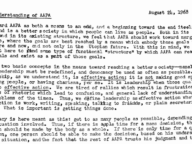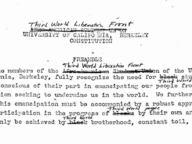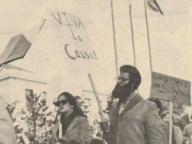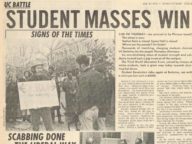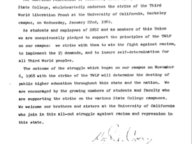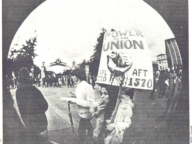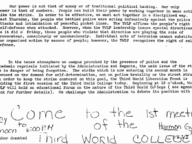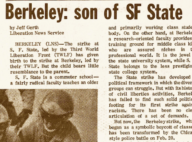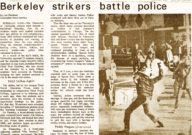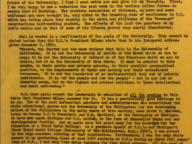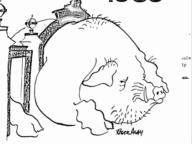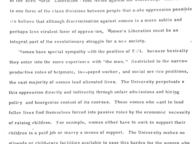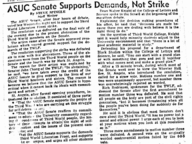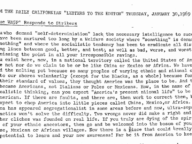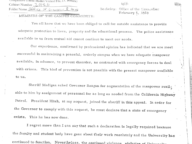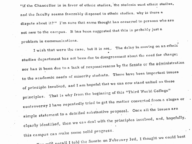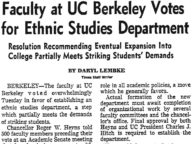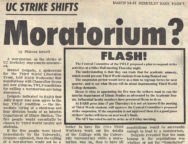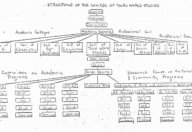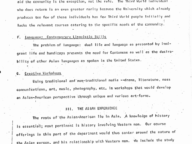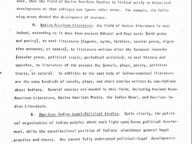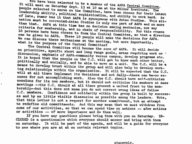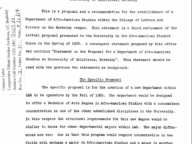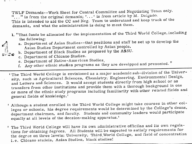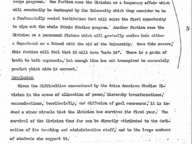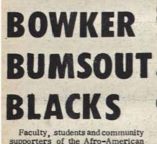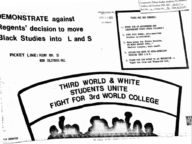First, it is important to note that the program in its initial form had already begun to shift from its original vision of “Asian Studies” to “Asian American Studies” (through the creation of the “Asian American Studies Division” within Ethnic Studies). While the name might be seen as only a technicality, it is important to recognize the concession of the intention and original vision of Asian Studies during twLF, which was to address the experience of the diasporic identity of Asians across the world as well as the histories of the homelands.
Second, “the Division experienced three forms within the first year of its painful existence.” Hierarchy, something sought to be dispelled, seemed to be conducive in an environment like the University. Grappling with how to make “a relevant educational unit within a hostile milieu” is important because this becomes a defining feature of the Department of Ethnic Studies.
Lastly, through the program study, it is evident that the goals and understandings of how twLF’s demands would be implemented caused riffs in how the interim department would function. Trust and distrust in the University and its process to implement the demands caused a differing sense of how to approach the program in the long term and short term. The troubles, such as being able to implement a conversational Cantonese course, amongst struggles with funding indicated a moment of crisis and floundering even in its inception.
